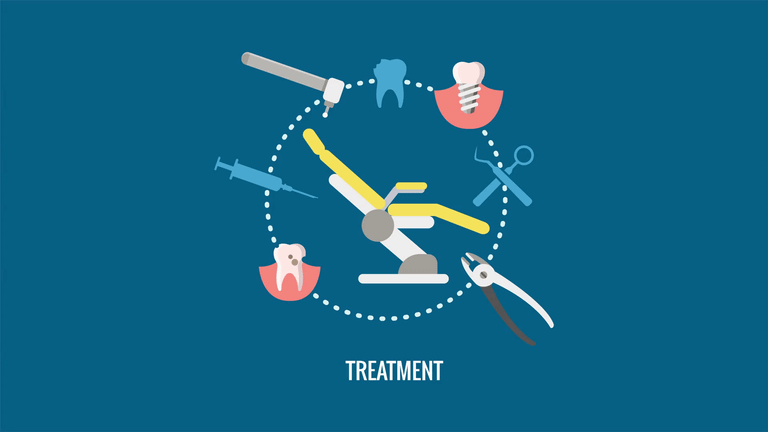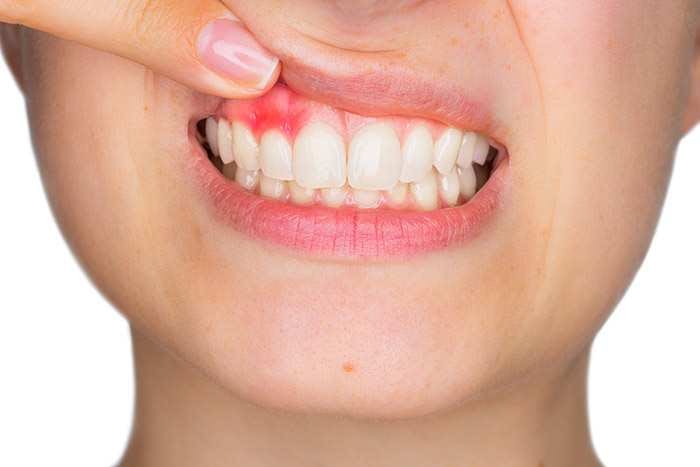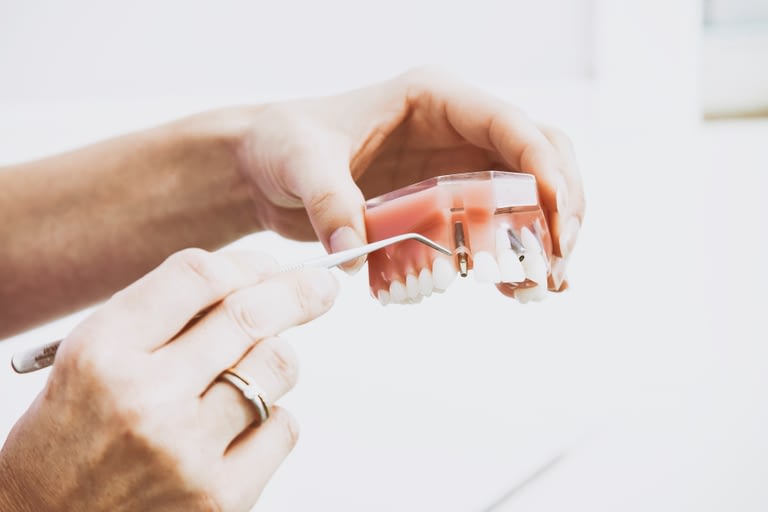What is Gingivitis?
Gingivitis is a type of gum disease that occurs when plaque, a naturally occurring sticky film-carrying bacteria, forms on teeth and causes inflammation of the gum tissue around them. Toxins produced by plaque irritate the gums. The gums may become inflamed, red or swollen, or bleed as a result of this. This dangerous plaque bacteria can cause problems other than gingivitis, such as weakening tooth enamel. Even if you brush often, it’s critical to pay attention to your gum line since a healthy mouth begins there. In this article, we will give you about everything you wonder about gingivitis.
What Causes Gingivitis?
The major cause of gingivitis is plaque buildup, a coating of germs that forms around, on, and in between your teeth over time, primarily in hard-to-reach regions. The plaque activates the immune system, which might eventually lead to the loss of gingival (gum) tissue. In the long term, it might lead to additional problems, such as tooth loss.
Dental plaque is a biofilm that occurs naturally on the teeth. Colonizing microorganisms seeking to stick to a tooth’s flat surface are the major reason. These bacteria may aid in the protection of the mouth from harmful infections. However, dental plaque can also promote tooth decay and periodontal issues including gingivitis and chronic periodontitis, a gum infection.
Plaque can solidify into calculus, or tartar, at the base of the teeth, near the gums, if it is not cleaned properly. Only an expert can remove calculus. Plaque and tartar irritate the gums over time, resulting in gum inflammation at the base of the teeth. This suggests that the gums may bleed readily.
Symptoms of Gingivitis
Even in the late stages of gum disease, the illness may advance painlessly with few visible indications. Although periodontal disease symptoms are typically modest, the ailment does not come without warning indications. Certain signs and symptoms may suggest that a disease is present. A bad breath that doesn’t go away even after brushing, red and swollen gums, bleeding gums after toothbrushing can be an indicator that you have gingivitis.
Treatment of Gingivitis
Consult a dentist if you have simple gingivitis. To cure and prevent gingivitis, a concentrated effort including proper home oral care, including regular and accurate brushing and flossing, and regular dental appointments should suffice. Gingivitis is typically treatable at home if you practice basic oral hygiene.
If gingivitis persists despite your best efforts, see a doctor to rule out the potential of an underlying ailment. Medical professionals believe that persistent gingivitis and periodontitis, for example, are risk factors for the development of rheumatoid arthritis.
The appearance of ulcers on the gums is one consequence of gingivitis. If they are many, this might be an indication of acute necrotizing ulcerative gingivitis, which requires medical diagnosis and treatment.
Another consequence is a condition known as desquamative gum disease, which causes ulcers, blistering, and sloughing of the gums. Lichen planus, mucous membrane pemphigoid, and pemphigus vulgaris can all cause this. To diagnose and treat these diseases, you’ll need to see a periodontist or oral pathologist for a consultation and, in most cases, a biopsy.
How to Prevent Gingivitis?
When plaque management is performed, gingivitis may be corrected and gum disease can be prevented in virtually all instances. Plaque control requires professional cleanings at least twice a year, as well as daily brushing and flossing. Use special toothpaste to brush your teeth. It helps to halt and prevent gum bleeding, and it’s four times more effective than ordinary toothpaste at eliminating plaque bacteria along the gum line (where the gum meets the tooth). Keeping gums healthy and teeth strong.
Brushing your teeth twice a day is recommended. You should brush your teeth with a soft-bristled toothbrush and fluoride toothpaste in order to prevent gingivitis. Replace your toothbrush every three months or sooner if the bristles start to deteriorate. They won’t clean your teeth as well if they’re old and worn out. Plaque is removed from the surfaces of the teeth that may be reached by brushing.
Food particles and plaque are removed from between the teeth and beneath the gum line by flossing. Floss on a daily basis. Don’t wait until anything becomes trapped between your teeth to do something about it. Flossing every day removes plaque from locations that your toothbrush can’t reach. Interdental cleaners, picks, and little brushes that fit between teeth are additional options. So that you don’t harm your gums, ask your dentist how to use them.
Are Periodontitis and Gingivitis the Same Disease?
Periodontitis is commonly preceded by gingivitis. Gingivitis does not always lead to periodontitis. Gingivitis affects the majority of individuals at some time in their life, and its mild symptoms make it easy to overlook. However, if left untreated, it can lead to more serious dental issues. The good news is that by brushing your teeth, flossing, and getting regular dental cleanings and exams, you may avoid or even reverse it. Full smile makeover, teeth implants turkey, or crowns turkey with budget-friendly prices at Smile Team Turkey might also interest you!
You can read our previous blog article from https://dentalguideturkey.com/all-about-root-canal-treatment/







